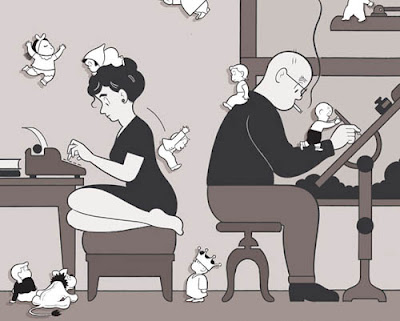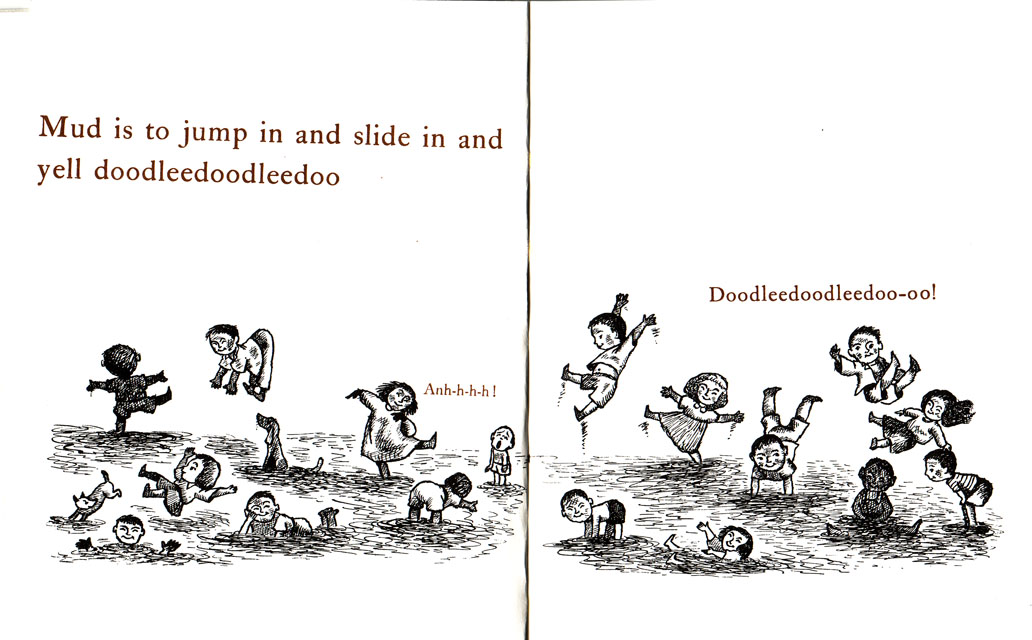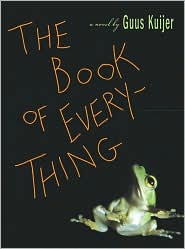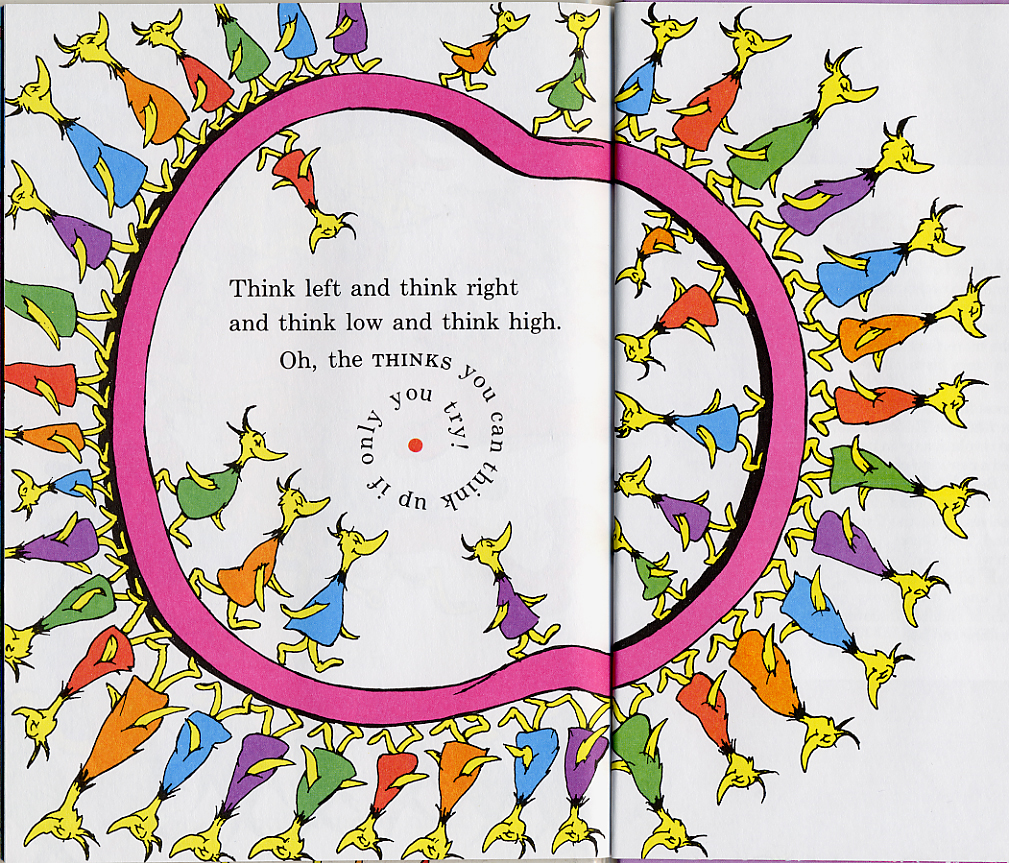Purple Crayons in Connecticut: Two Talks This Week
People of Connecticut! This week, I’ll be giving two talks on two children’s-literature luminaries of the Constitution State – Crockett Johnson and Ruth Krauss. One is free and open to the public, and the other is $5. Both are lavishly illustrated. Here’s what you need to know: Wednesday, September 24, 2014, 4:00 pm “Not So




